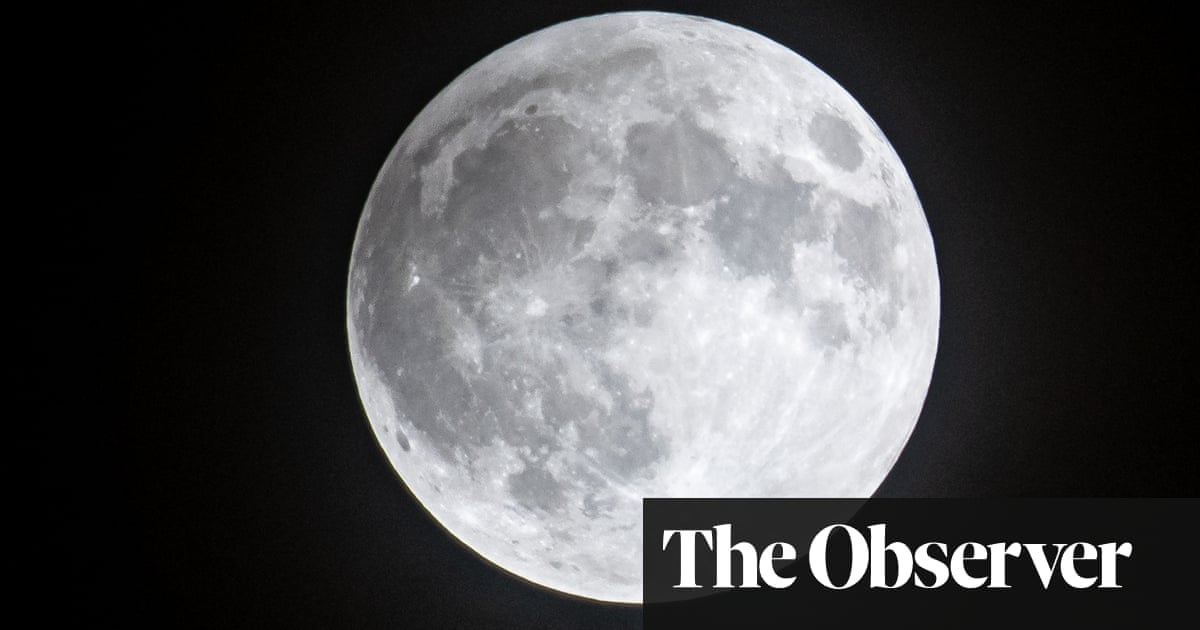Space engineers are gearing up for an exciting mission this week. They plan to send a probe, called Lunar Trailblazer, to the moon to map its water. The launch will happen on Thursday from Florida using a SpaceX Falcon rocket.

You might wonder why scientists are looking for water on the moon. Traditionally, the moon has been seen as a dry place. However, recent findings suggest that it might hold significant amounts of water. Lunar Trailblazer’s job is to discover just how much water is out there and where it’s located.
This mission has caught the attention of space engineers and astronomers. They think that lunar water could be vital for future moon bases. If astronauts can access water, they can split it into hydrogen and oxygen. Hydrogen can fuel rockets, and oxygen is essential for breathing.
According to Professor Neil Bowles from Oxford University, who helped design one of the probe’s main instruments, the mission is primarily about science. “We want to understand how water moves across the lunar surface,” he explains. This knowledge is important for future human exploration on the moon.
In the past, scientists believed that any water brought to the moon by comets or meteorites would quickly break down under sunlight and drift into space. However, robotic missions have found compelling evidence of water ice in deep, shadowed craters, particularly at the lunar south pole.
One major breakthrough came from India’s Chandrayaan-1 mission in 2009. It detected water signals far from the poles, surprising scientists and changing their view of the moon’s surface.
Lunar Trailblazer aims to provide a clearer picture of lunar water. It carries two cutting-edge instruments: an infrared scanner to locate water and a thermal mapper designed to detect heat patterns. Together, they will create a comprehensive water map of the moon.
Bowles notes, “We know there is water at the moon’s poles, but we aren’t sure how it got there.” He suggests there might be a lunar water cycle, though it works differently than on Earth, without clouds or rain. There are two possibilities: water ice could form from impacts of space rocks, or it could be generated through chemical reactions in the soil.
Understanding the movement and accumulation of water on the moon is crucial. This knowledge not only informs lunar exploration but also helps scientists learn about other celestial bodies, like Mercury, that may have similar conditions.
On Thursday, Lunar Trailblazer won’t be alone. Another spacecraft, IM-2, from a U.S. company called Intuitive Machines, will also launch. IM-2 is set to land on the moon and drill beneath the surface for more water exploration. Additionally, a probe called Odin, built by AstroForge, will head to asteroid 2022 OB5 to take images, laying the groundwork for future mineral extraction missions.
These missions are part of NASA’s commercial lunar payload services program, which encourages companies to send small robotic landers to the moon and other areas in space. The ultimate goal is to prepare for human colonization of the moon.










